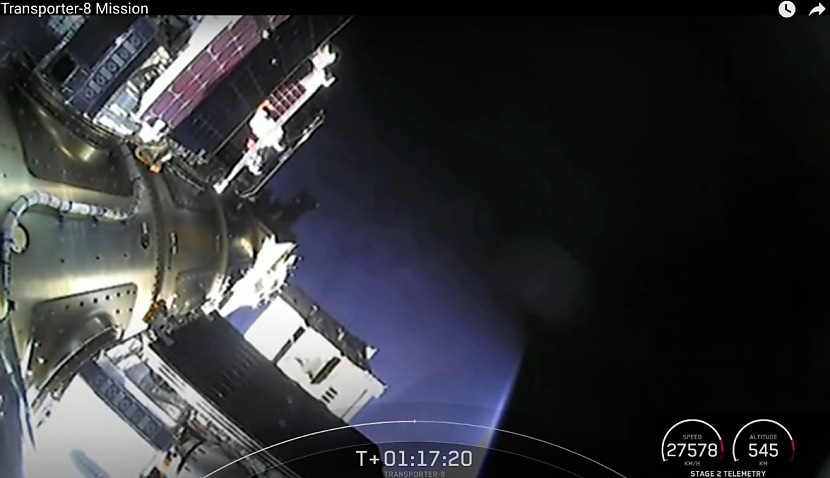
The Bogong, developed by Boswell Technologies and manufactured by the university, uses solid naphthalene rather than plasma. It was tested in November last year using one satellite in the Skyraft 3 constellation launched in mid-2023.
“Naphthalene is a green propellant and is inherently safe as it does not need to be pressurised and is non-toxic,” explained Boswell.
“Naphthalene is the simplest of the polycyclic aromatic hydrocarbons, which have been estimated to contain 20 per cent of all the carbon in the universe.
“For thrust, when naphthalene is heated to a temperature similar to that of hot water in a cup of tea, it sublimates and becomes a vapour.
“When this vapour expands through a nozzle, it creates thrust in space that pushes the satellite.
“Due to its small electrical power requirements, it is ideal for manoeuvring small satellites into precise orbits and attitudes.”
Boswell added it believed the test marked the world’s first use of a naphthalene thruster in orbit.
The company is one of a handful pioneering new types of propulsion methods.
Neumann Space, for example, is developing an electric propulsion system that is simpler than traditional chemical propulsion methods and allows for the potential for spacecraft to be effectively refuelled and deorbited more easily.
This includes harnessing space debris for fuel.
Neumann completed initial tests of its Neumann Drive in June and last month announced it would adapt it so it could be fitted onboard a satellite owned by US environmental data provider Spire.
The local firm said the partnership with the New York-listed company was made possible due to government funding obtained as part of the Australian Space Manufacturing Network (ASMN).
ASMN is designed to advance research and commercialisation of new space technologies.
Neumann and Spire signed a memorandum of understanding outlining the pair’s intent to collaborate on an in-orbit demonstration mission by integrating the Neumann Drive on a Spire satellite.
Neumann Space’s chief executive officer, Herve Astier, said, “We are excited about the opportunity the ASMN project has provided us to work together with Spire to further the development of this sovereign space technology and to tailor our technology to their needs in delivering greater knowledge and insights about Earth.”

Adam Thorn
Adam is a journalist who has worked for more than 40 prestigious media brands in the UK and Australia. Since 2005, his varied career has included stints as a reporter, copy editor, feature writer and editor for publications as diverse as Fleet Street newspaper The Sunday Times, fashion bible Jones, media and marketing website Mumbrella as well as lifestyle magazines such as GQ, Woman’s Weekly, Men’s Health and Loaded. He joined Momentum Media in early 2020 and currently writes for Australian Aviation and World of Aviation.
Receive the latest developments and updates on Australia’s space industry direct to your inbox. Subscribe today to Space Connect here.









